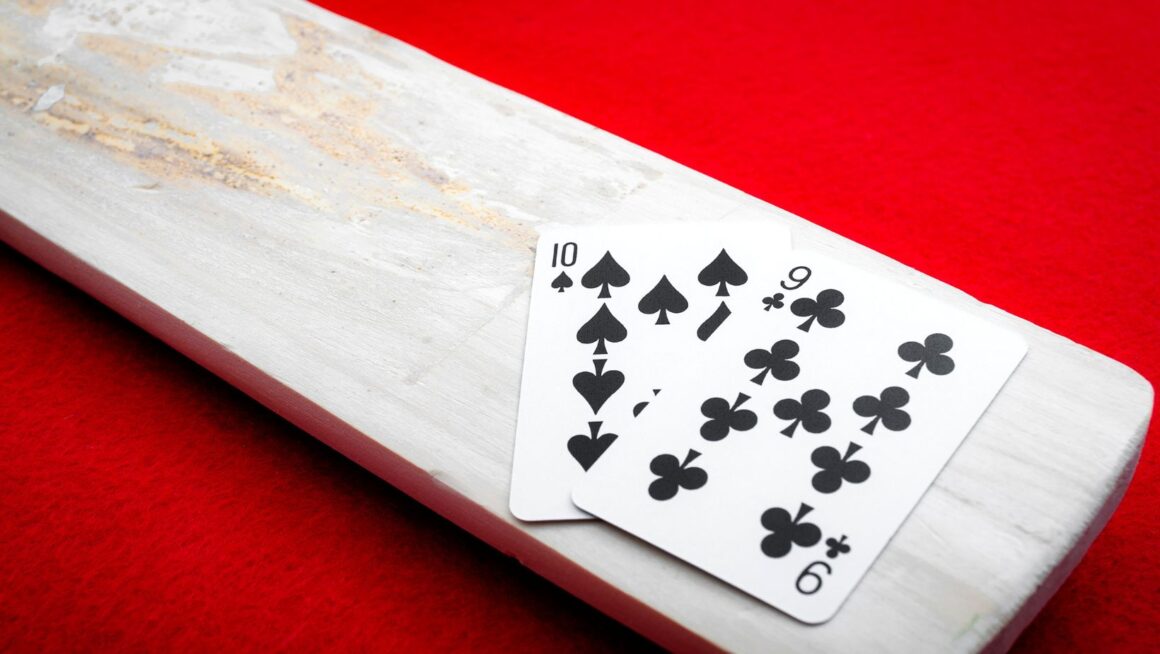Baccarat is one of the oldest and most elegant casino games still played today. Known for its simplicity and low house edge, it’s a game where players choose between three main bets—Player, Banker or Tie—and let the cards decide the outcome. Despite its association with luxury, baccarat is straightforward, making it ideal for beginners who want a balance of luck and structure.
How Baccarat Works in Practice
At NeoSpin Casino online and other licensed online casinos, baccarat follows the same fundamental structure worldwide. The goal is to predict which hand—Player or Banker—will have a total closest to nine. Players can also bet on a Tie, though this option carries higher risk.
Each round uses six or eight decks of cards shuffled together. The dealer handles all dealing and score calculation, meaning no prior knowledge is needed to participate. Once bets are placed, two cards go to each side. If either hand totals 8 or 9, it’s a “natural” win and the round ends immediately.
The simplicity of baccarat lies in its limited decisions. Players don’t influence the drawing process—everything follows pre-defined rules—yet they can choose which side to support based on statistics or patterns.
Card Values and Scoring Rules
The scoring system in baccarat differs from most card games. Only the last digit of the total matters.
For example, a hand of 7 and 6 equals 13, which counts as 3.
| Card Type | Value |
| Aces | 1 |
| 2–9 | Face value |
| 10, J, Q, K | 0 |
The highest possible total is 9. When a hand exceeds 9, the second digit becomes the score. For instance, a 9 and 8 equals 17, counted as 7.
The dealer automatically applies drawing rules when totals fall between 0 and 5, meaning extra cards may be drawn for one or both sides. This automation makes baccarat easier for beginners compared to blackjack, where decisions affect outcomes directly.
Three Main Bets
Every baccarat game revolves around three central betting options. Each has a distinct payout ratio and house edge.
| Bet Type | Payout | House Edge | Description |
| Banker | 0.95:1 | 1.06% | Most statistically favourable bet |
| Player | 1:1 | 1.24% | Slightly higher house edge |
| Tie | 8:1 or 9:1 | 14.36% | Rare outcome with high risk |
The Banker bet remains the mathematically strongest choice, winning roughly 45.8% of all rounds (excluding ties). Most professionals and casual players prefer it due to its low volatility.
The Player bet appeals to those who wish to avoid the 5% commission that casinos typically charge on Banker wins.
The Tie bet, though visually tempting with its 8:1 or 9:1 payout, carries the highest house advantage. On average, ties appear once every ten rounds.
Game Variants and Regional Styles
Baccarat exists in multiple forms, though the three most common versions—Punto Banco, Chemin de Fer and Mini Baccarat—share core mechanics.
| Version | Common Location | Player Decision | Dealer Role |
| Punto Banco | Online and North America | No decision-making | Fully automatic |
| Chemin de Fer | France, Monaco | Players may draw cards | Banker rotates among players |
| Mini Baccarat | Global casinos | Simplified, fast-paced | Dealer handles all actions |
Punto Banco, used in most online games, eliminates player decisions entirely. Chemin de Fer, popular in French casinos, adds a social element, allowing players to act as the banker. Mini Baccarat reduces table size and speed, appealing to casual users and beginners.
Understanding the House Edge
Baccarat’s house edge is among the lowest in the casino industry. When betting consistently on the Banker, the edge stands at 1.06%, far lower than roulette’s 2.70% or slot games’ 4–6%. This low margin explains the game’s popularity among both high rollers and cautious players.

Even though the Banker statistically wins slightly more often, the 5% commission balances the odds for fairness. Some online versions, particularly those from Evolution Gaming, feature No Commission Baccarat, where Banker wins pay 1:1 except when the result is a 6, which pays half.
This innovation keeps gameplay fast while maintaining mathematical balance.
Step-by-Step Round Example
To visualise baccarat’s flow, consider this standard example:
- You place €10 on the Banker.
- The dealer deals two cards each to the Player and Banker.
- Player hand: 4 and 3 = total 7.
- Banker hand: 9 and 0 = total 9.
- The Banker wins with a natural nine.
You receive €9.50 after the 5% commission deduction. The process repeats instantly, allowing dozens of hands per hour in both live and online versions.
Betting Systems and Their Limitations
Some players apply structured betting systems to manage bankroll flow. While none can overcome the house edge, they offer discipline in wager pacing.
Martingale Approach
This system doubles the bet after each loss, aiming to recover previous losses with one win. However, it risks depleting funds quickly if losing streaks extend.
Paroli Method
A positive progression technique where the player doubles bets after wins instead of losses. It builds profit during streaks while limiting downside exposure.
1-3-2-6 Pattern
This moderate progression uses a four-step sequence (1, 3, 2, 6 units) after each win, resetting after a loss. It provides structure without aggressive risk.
While such systems organise play, baccarat outcomes remain independent of previous results. Every round is a new statistical event.
Online and Live Baccarat Growth
Online baccarat has surged since 2020, largely due to high-definition live dealer formats. Studios in Malta, Latvia and the Philippines broadcast professional dealers handling real cards, replicating the atmosphere of land-based casinos.
By 2024, over 60% of global baccarat play occurred online, according to data from H2 Gambling Capital. Mobile compatibility, intuitive interfaces and side-bet integration—such as Player Pair and Perfect Pair—further enhance engagement.
Some platforms even offer Speed Baccarat, reducing round times to under 30 seconds. This format appeals to experienced users seeking faster turnover, while traditional tables cater to strategic pacing.



